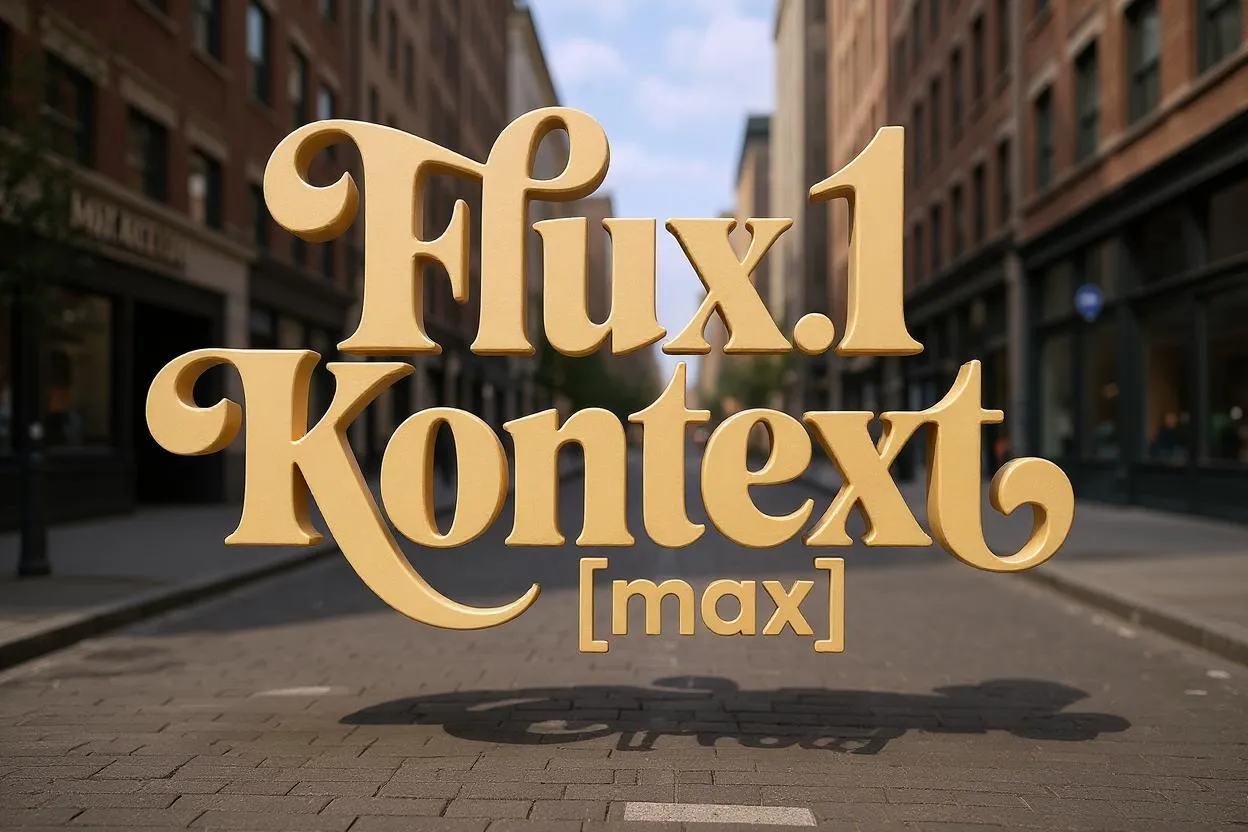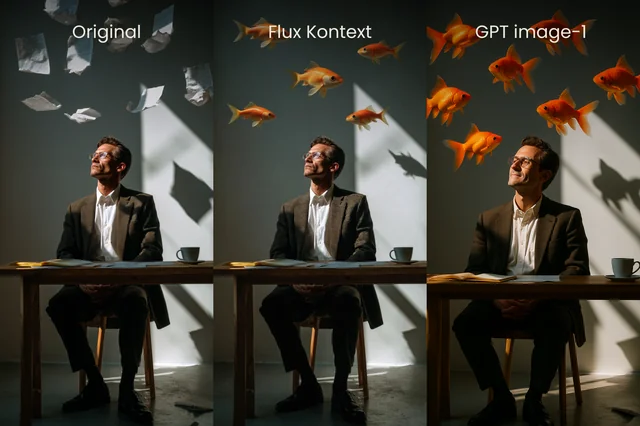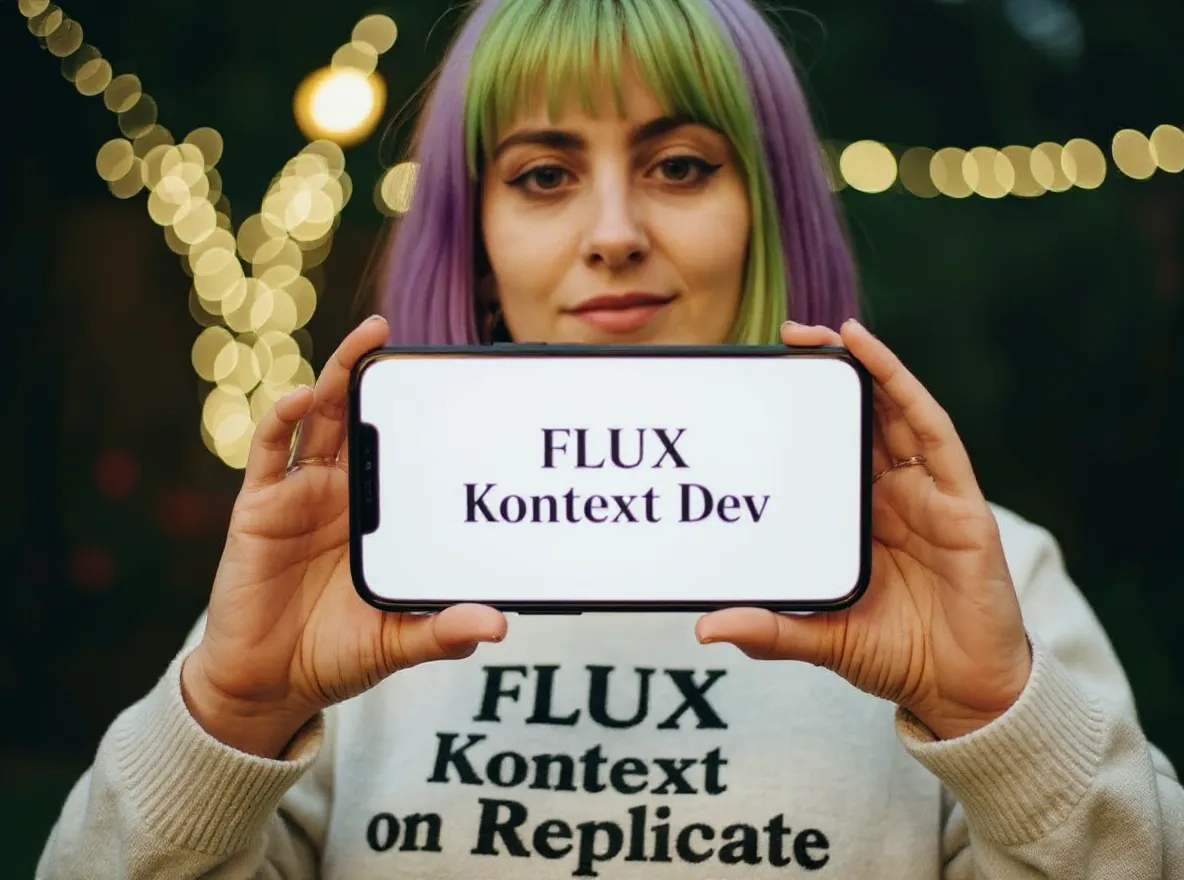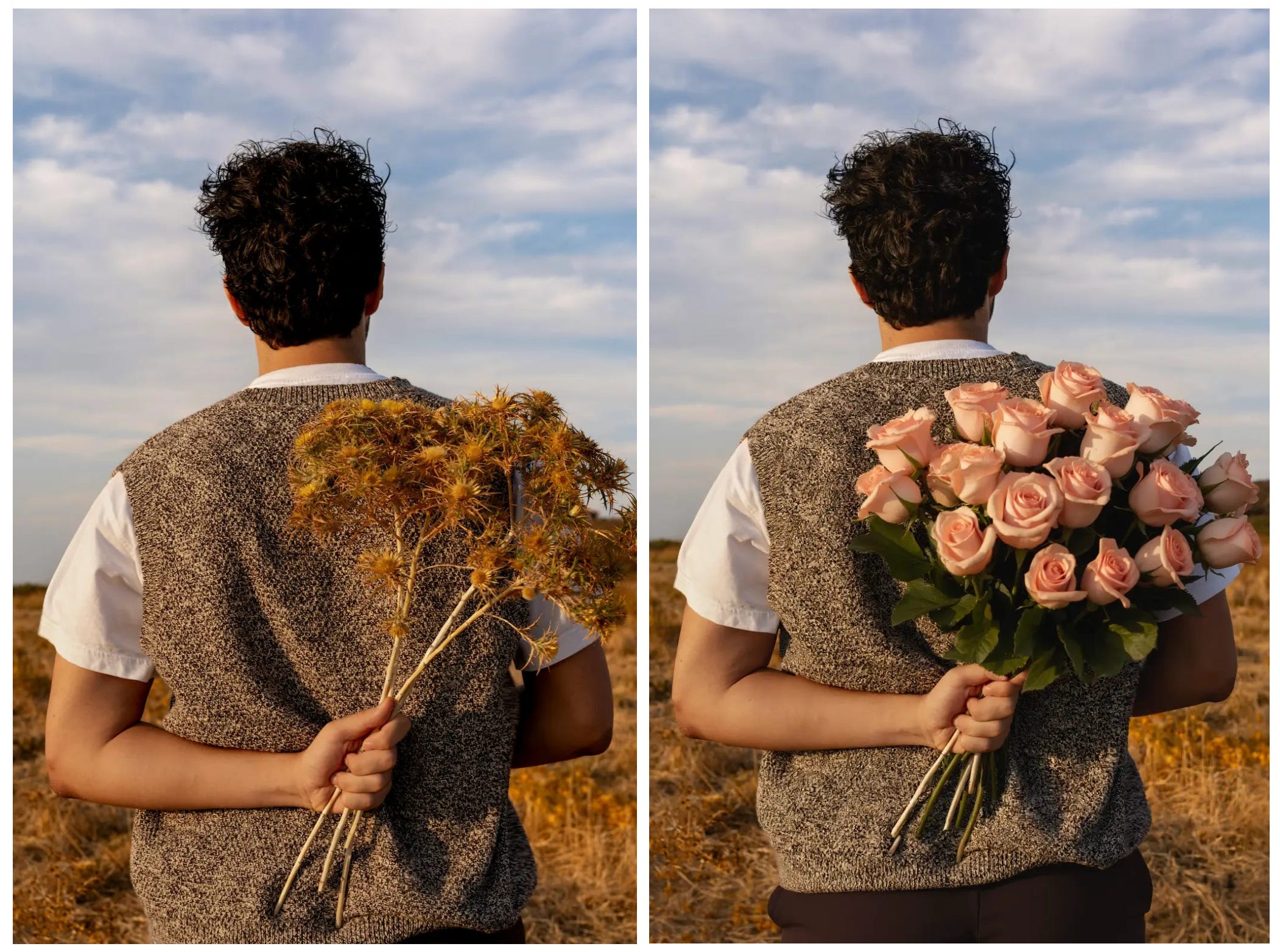Contact partnership@freebeat.ai for guest post/link insertion opportunities.
The evolution of digital image editing has been a story of gradually lowering barriers. What once required a darkroom and chemical baths gave way to the pixel-perfect precision of Photoshop, a tool so powerful it became a verb. Then came the first wave of AI, introducing the "magic eraser"—a revolutionary concept that allowed users to simply paint over an unwanted object and watch it vanish. For a moment, this felt like the pinnacle of creative convenience. But we are now witnessing a new leap, one so significant it makes the simple magic eraser look like a quaint parlor trick.

The next frontier isn't just about removing things; it's about intelligent, contextual creation and modification. It's about an AI that doesn't just see pixels but understands language, narrative, and artistic intent. Leading this charge is a groundbreaking new class of diffusion transformer models, and at the vanguard is a name that creators and developers are buzzing about: FLUX-KONTEXT-MAX. This isn't just another update; it's a new engine for visual creativity, and it's fundamentally changing what's possible in the world of AI design.
This guide will break down what FLUX-KONTEXT-MAX is, why its underlying technology represents a monumental shift, and, most importantly, how you can access its power today through forward-thinking platforms. The era of simple object removal is over. The era of the AI art director has begun.
What is FLUX-KONTEXT-MAX and Why is it a Game-Changer?
To understand the significance of FLUX-KONTEXT-MAX, it helps to understand the technology it's built upon. Most familiar image generation models, like early versions of Stable Diffusion, were based on a U-Net architecture. FLUX, however, is a diffusion transformer. This is the same class of architecture that powers breathtaking video models like Sora, and it's designed for a much deeper understanding of data and context.
The real breakthrough, however, is hinted at in its name: "KONTEXT-MAX." This refers to the model's massive context window, which is its ability to understand incredibly long, detailed, and complex text prompts. A simple ai image generator might struggle with a prompt longer than a few dozen words. FLUX-KONTEXT-MAX is designed to digest intricate paragraphs of instruction and render them with astonishing fidelity.
Prompt Complexity: Old vs. New
Old Prompt Example
"A cat sitting on a book."
FLUX-KONTEXT-MAX Prompt
"A photorealistic, highly detailed macro shot of a fluffy ginger tabby cat with one emerald green eye and one sapphire blue eye, wearing a tiny, slightly frayed red silk bowtie. The cat is curled up asleep on a stack of three antique, leather-bound books..."
A standard model would likely fail, picking and choosing a few keywords to focus on. FLUX-KONTEXT-MAX understands the relationships between every element—the cat's specific features, the material of the bowtie, the number of books, the lighting, the mood, the texture of the table. This deep understanding is what makes it a revolutionary tool not just for generating images from scratch, but for performing the most advanced image edit tasks imaginable.

The New Editing Paradigm: From Eraser to Collaborator
This incredible prompt-following ability transforms image editing from a destructive/constructive process into a collaborative conversation. You are no longer just telling an AI *what to remove*, but *what to create in its place*, with unparalleled specificity. This powerful ai image agent unlocks a new tier of creative capabilities:
- Hyper-Realistic Inpainting and Replacement: Select grass and prompt "fill this area with a patch of vibrant wildflowers, including purple lavender and yellow daffodils, with a few honeybees buzzing around."
- Complex Scene Extension (Outpainting): Extend a photo of a beach and command the AI to "reveal a weathered wooden pier with mossy pilings stretching into the misty ocean."
- Granular Attribute and Style Modification: Select a t-shirt and prompt, "change the material of this shirt to shimmering, dark blue silk, and make it look slightly windswept."
- Conceptual and Narrative Cohesion: Apply a consistent color grade and mood across an entire project of AI Content.

Where You Can Wield the Power of FLUX-KONTEXT-MAX Today
This cutting-edge technology is rapidly becoming accessible. While developers and experts can run it in complex local environments, forward-thinking creative platforms are already integrating it into user-friendly interfaces.
1. For the Experts (ComfyUI / Local Installations):
For those with technical know-how, running models like FLUX-KONTEXT-MAX via ComfyUI offers maximum control but presents a significant barrier for the average creator.
2. For Everyone (freebeat.ai Image Edit):
freebeat.ai has integrated the core capabilities of FLUX-KONTEXT-MAX into its intuitive Image Edit feature, making this next-gen power accessible to all. You can upload an image, select an area, and use simple text commands to erase, replace, add, or transform elements. This integration into a broader creative workflow—combining ai lyrics, ai music, and an ai video generator—makes it an essential end-to-end ai agent for creators.
3. The Major Players (Adobe, Midjourney, etc.):
Industry giants like Adobe are certain to continue integrating advanced diffusion transformers. The entire industry is moving in this direction, but platforms like freebeat.ai are offering a powerful taste of this future, today.

Conclusion: The Dawn of the AI Art Director
The arrival of models like FLUX-KONTEXT-MAX marks a pivotal moment in the history of digital creation. The value proposition of AI is shifting from being a simple "tool" that performs a task to a "collaborator" that understands a vision. The technical skill of photo manipulation is being superseded by the creative skill of "prompt-crafting" and imaginative direction.
We are all becoming art directors. Our primary job is no longer to push pixels but to articulate ideas with clarity, detail, and creativity. The AI handles the technical execution, translating our words into visual reality. This technology empowers us to achieve a level of visual perfection and creative transformation that was unimaginable just a few years ago. The future of image editing isn't about better erasers; it's about better conversations with our creative AI partners.


